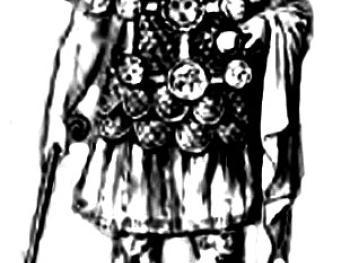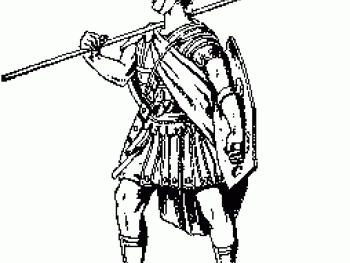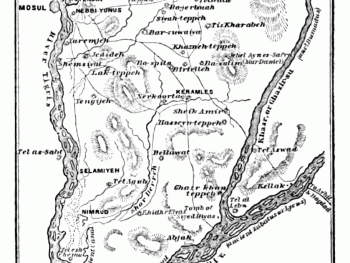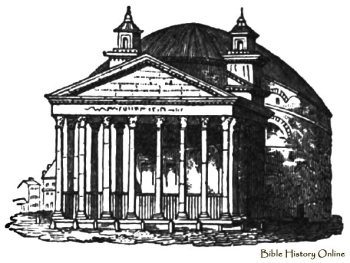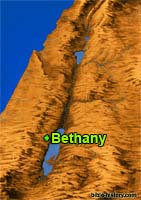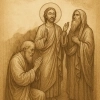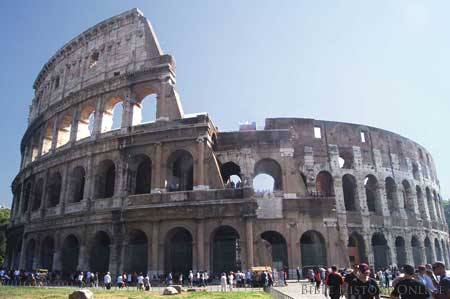
The Colosseum was known in ancient Rome as the Flavian Amphitheatre, named after the 3 emperors who were all involved in its construction. Vespasian conceived the idea and began building in 72 AD and his son Titus dedicated it in 80 AD with a 100 day festival. This included bloody gladiator combats, wild animals, and huge naval battles with the arena filled with water. The Colosseum was totally finished during the reign of Domitian (81-96 AD).
Source:
